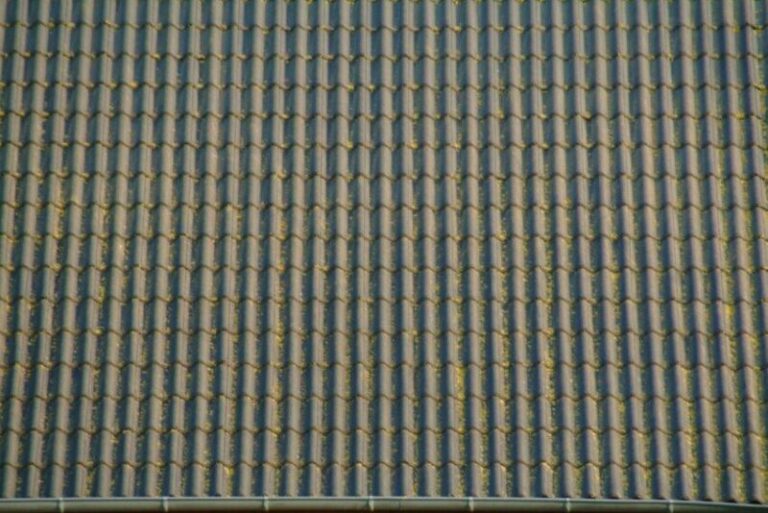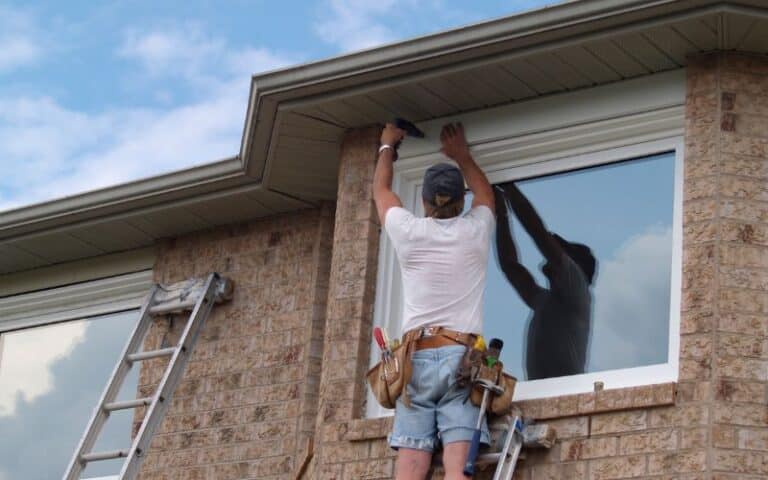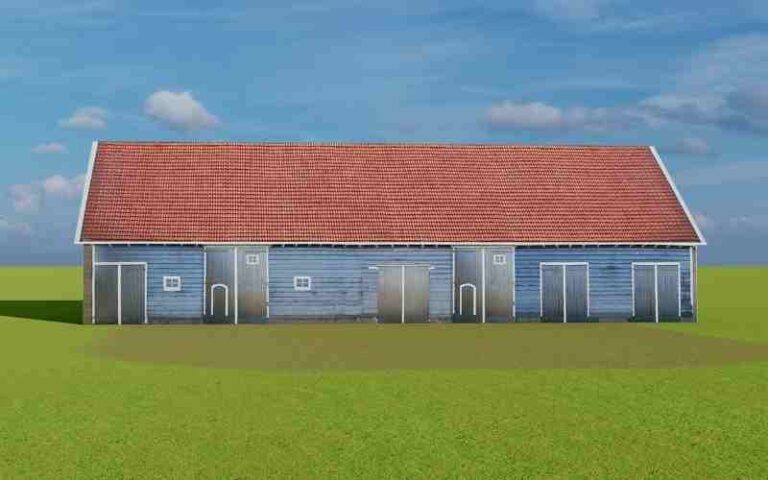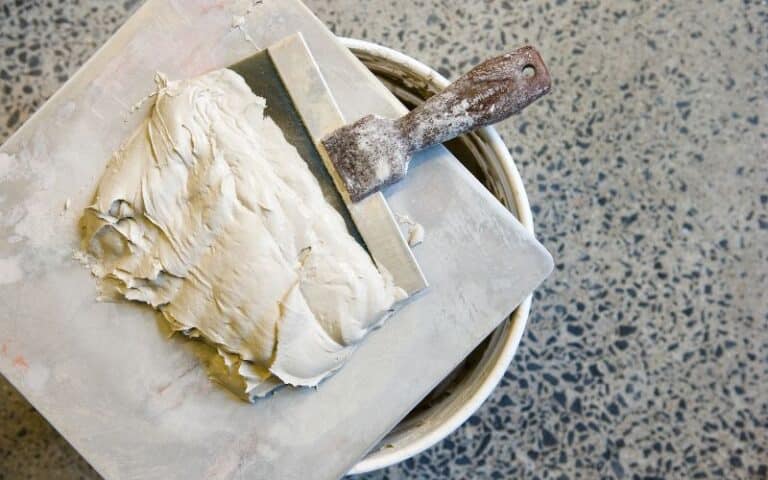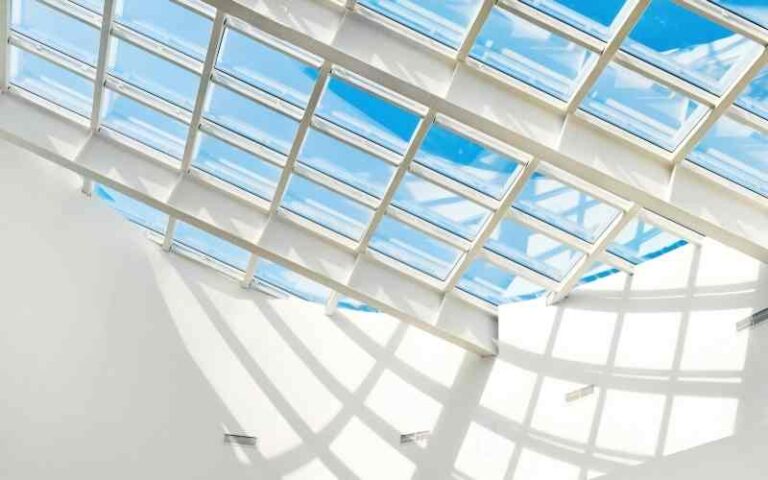Do you have a roof replacement scheduled soon? That explains why you’re reading this blog.
Roof replacement can be daunting since it affects your protection and dictates maintenance costs for the next few decades.
So, you might as well get everything looked at, including plywood decking. But does roof replacement include plywood?
The short answer to your question is that it depends. Plywood decking replacement is feasible or cost-effective if it has also become damaged due to age or trauma.
Therefore, your roofing team will analyze the inspection report and mention if it needs to be part of your roof replacement.
The key here is ‘need,’ so a prior inspection becomes necessary. While some of you may already know what I mean by plywood decking, others may not.
I want to ensure everyone understands all they need about roofing, so I will address all necessary details in the blog for maximum comprehension.
Ready for a Roofing Quiz?
What Is Plywood Decking?
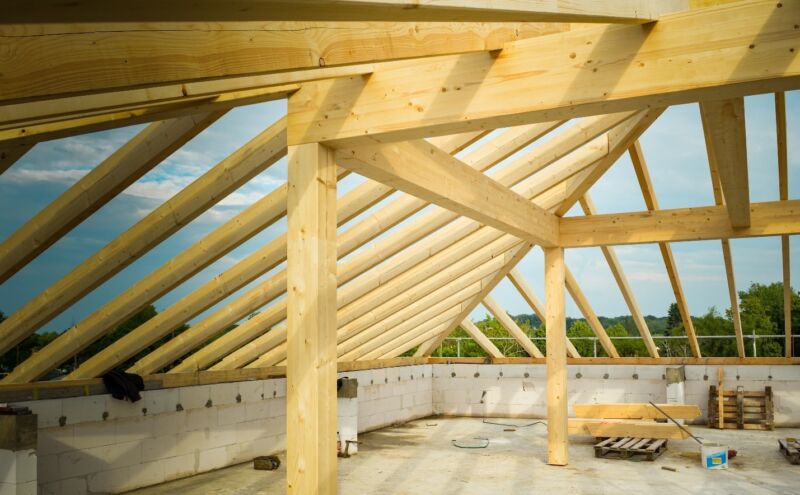
Before answering ‘Does roof replacement include plywood? ’ let’s first address the essential details.
Plywood is a material made from gluing together several thin sheets of wood and is a cost-effective and reliable solution for construction projects. It has several uses, but plywood decking is one of its most prominent.
Plywood decking is used for roof decks and provides a stable base for installing other roofing elements like shingles, flashing, etc. It is essentially a protective and support layer that makes creating a secure and sturdy roof easier.
The decking is also used for on-ground decks, but I purposefully didn’t mention those since this blog focuses on roofs.
Functions of Plywood Decking (for the Roof)
Plywood decking isn’t a recent addition to the structure. It has been around for several decades, with the design and structure evolving to make it more effective.
Modern roof decks are simple but have several uses that make them a valuable part of the house structure.
#1. Provides Stable Support for Shingles
The first benefit is obvious and mentioned above. Roof decks (or plywood decking) are the best solution for supporting shingles.
Shingles are the top-most layer of the roof and the first line of defense against all external elements and damage.
They require the support from roof decks to sustain force without losing their position or giving way to contaminants. Thus, roof decks are a must for every roof.
#2. Water Damage Prevention
Shingles are an effective solution to keep water from entering your home, but they aren’t foolproof.
Your plywood decking is an additional layer under the shingles that catches water droplets or moisture that succeed in getting past the top layer.
Hence, plywood decking reduces the number of times you will get water damage due to roof leaks.
However, it is essential to remember that plywood is also at risk of damage if moisture keeps seeping inside.
Therefore, it is best to install flashing, a thin metal layer whose sole function is to keep water out of your house.
Life roof decks and flashing is a layer under the shingles and is meant to catch escaping water or moisture leaks.
Installing both will give you double the protection (triple, if you count shingles) and prevent water damage for extended periods.
#3. Reduces Risk of Fire Damage
Unfortunately, no house can be entirely fireproof, but plywood decking can reduce the risk of your roof catching on fire.
The decking is coated with flame deterrents at the time of installation, which significantly reduces their chances of catching fire.
However, do discuss the use of deterrents with your roofing contractor. Some deterrents negatively affect the core functionality of the decking, so it is best to be careful.
You can ask them if you need it (if you don’t live in an area at risk of wildfires) and decide according to their suggestions.
#4. Strengthens Roof Against Extreme Weather
The weather is becoming more unpredictable each day, and you must be prepared for contingencies.
You will likely get strong winds, storms, and similar problems in your region, and your roof needs to hold the fort when they hit.
One of the primary benefits of plywood decking is that it generally strengthens the roof.
Therefore, getting the correct roof deck will keep twigs, leaves, and other contaminants out of your home and reduce the overall roof damage.
Choosing the Correct Plywood
Not all roof decks are the same, and you need to know which ones are best for you. Thickness is the core factor you must consider when choosing the correct plywood for the job.
Your roofer will be able to guide you, but here’s a brief explanation to ensure you know how the assessment works.
#1. Thickness
The thickness requirement essentially depends on the spaces between the rafters and the load you expect the roof will need to bear. The latter may seem odd, but it makes sense for people in colder regions.
Snow clings together and can be too heavy to handle without suitable materials. Roofs in snowy areas tend to have greater space between rafters because they need greater shingle density per unit area.
Heavy shingling will require sturdy support, so you need thicker plywood to make your deck.
#2. Thickness Measurements
The thinnest plywood for roof decks is 3/8 inches thick and is better for homes with less roof load and narrower rafters.
However, more expansive spaced rafters can require plywood with 5/8 to 3/4 inches thickness, depending on the rafter spacing and expected roof load.
The 5/8 inches thickness is standard for roofs with at least 20 inches between rafters. You will only need the 3/4 inches plywood if you expect high roof loads and want to prevent your roof from collapsing.
Does Roof Replacement Include Plywood Decking Replacement?
It does, but only if your previous plywood decking is damaged. Technically, you can replace your decking, even if it is relatively new, but why do so?
It will just be an additional unnecessary cost you don’t need to incur.
Plywood has a life expectancy of 20 years with consistent exposure to wind and water (humidity or rain). If you live in a region with moderate weather, you can expect it to last even longer.
Therefore, you may not necessarily need to change your plywood decking when opting for roof replacement.
The only exceptions to this rule are when your decking material becomes corrupted due to molding, infestation, etc., or after natural disasters.
Some disasters are relatively mild, and your roof will sustain despite the wind, water, air, and earth fighting against it.
However, the damage is sometimes too extensive, and you need a complete replacement to make your house safe.
So, talk to your inspector and roofer and ask them if you need a plywood decking replacement.
Tips for Roof Replacement
Now that we have a clear answer for ‘Does roof replacement include plywood?’ we can move on to tips for roof replacement.
My passion for the field has led me to explore several aspects, and the following are bits of wisdom I have to offer:
#1. Schedule Timely Inspections
Firstly, schedule regular inspections. I keep mentioning this, but that’s because this factor is essential.
Regular inspections will highlight damage in its early stages, allowing you to sort and prevent it from becoming a bigger problem. Hence, it will elongate the time between necessary roof replacements.
#2. Choose the Right Shingles
Several types of shingles allow you to choose one that best suits your budget and needs. The following are popular choices for you to consider:
- Asphalt
- Wood
- Steel
- Aluminum
- Solar
- Concrete Tile
- Luxury (a premium asphalt shingle)
- Copper
The abovementioned options are the most popular shingle types but are far from the only ones. Metal and green roofs have also become popular lately because they are sustainable.
However, check with your roofer to test feasibility before deciding.
#3. Pay Attention to Ventilation
Roofing is well and good, but don’t forget to ensure it facilitates ventilation inside the house. Poor ventilation makes the air inside stuffy and less pure while trapping moisture inside.
Hence it can increase the risk of infections and molding and cause structural damage.
#4. Secure Your Belongings and Family
Roof replacement is a complete construction project, and material is bound to drop or fly off now and then.
It would be best to find a different place to park your car and find a safer location for your family and pets while the project is underway.
The last thing you want is for your pet to consume something toxic while strolling around your property.
#5. Trim Trees in Advance to Prevent Issues
Trees are beautiful, but the ones closest to your roof can hinder the roofers. It is best to trim them up before the construction commences to make it easier for the people to continue working.
The setup makes their working conditions more secure and keeps stray twigs and leaves away from your roof.
Related: Gorilla Glue Composite Decking (Beginners Guide)
Final Thoughts
Hence, the correct answer to the initial question, ‘Does roof replacement include plywood?’ is yes, but only when the decking is damaged.
Plywood decking has a 20-year lifespan, so you don’t need to worry about replacing it unless it receives extensive damage.
With your plywood decking sorted, follow the remaining tips for a smoother experience. And remember, when in doubt, rely on your roofer or inspector to provide the correct insights.
I hope you found this blog helpful and enjoyed reading the information. Please check out my other blog posts for more information, advice, and guidance about roofing.
The more you know, the better your decisions!


